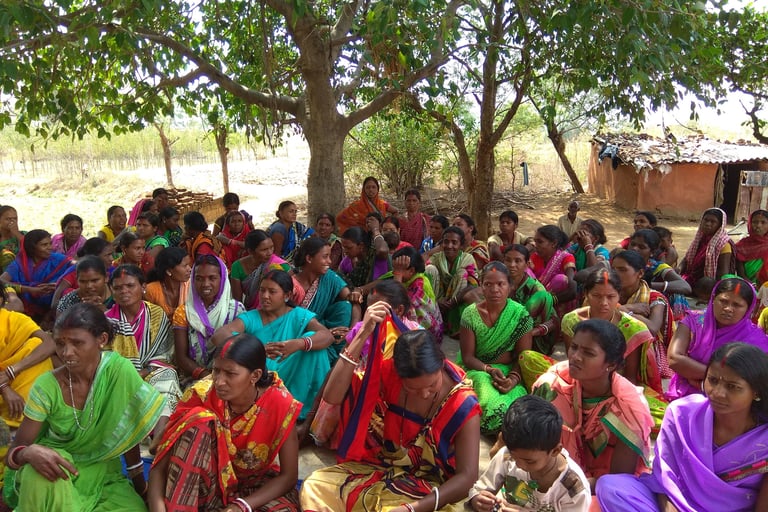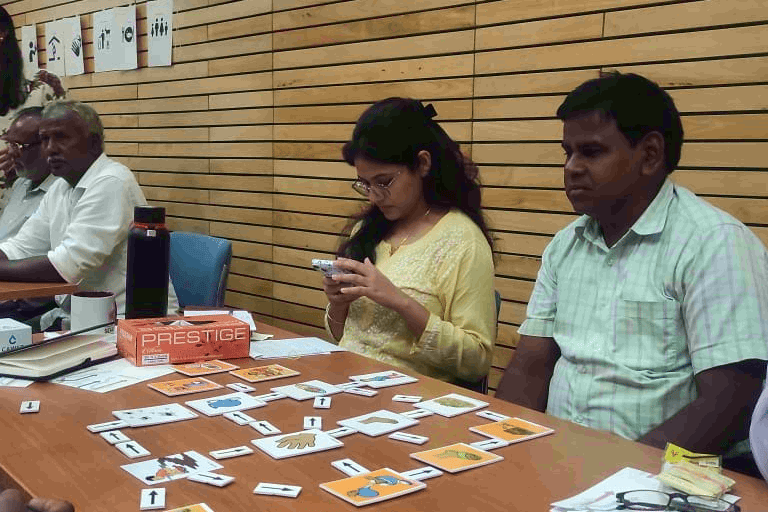Community Health Monitoring
Community Health Monitoring in India plays a crucial role in assessing and improving public health outcomes, particularly in rural and underserved areas. It involves systematic tracking of health indicators, disease patterns, and healthcare accessibility to ensure effective policy


Key Aspects of Community Health Monitoring in India:
Government Initiatives: Programs like the National Health Mission (NHM), Ayushman Bharat, and Integrated Disease Surveillance Programme (IDSP) focus on monitoring health trends, identifying risks, and improving healthcare services.
Rural and Urban Health Surveys: Regular health surveys, such as the National Family Health Survey (NFHS) and District Level Household & Facility Survey (DLHS), provide crucial data on maternal health, child nutrition, sanitation, and disease prevalence.
Disease Surveillance: Monitoring of communicable and non-communicable diseases (e.g., tuberculosis, malaria, diabetes, hypertension) helps in early detection and intervention.
Technology Integration: The use of electronic health records (EHRs), mobile health (mHealth) apps, and telemedicine services has enhanced real-time health tracking and access to medical care.
Community Participation: Grassroots organizations, NGOs, and Accredited Social Health Activists (ASHAs) play a significant role in local health monitoring, vaccination drives, and awareness campaigns.
Challenges: Despite progress, challenges like inadequate healthcare infrastructure, shortage of medical professionals, and regional disparities in health services persist. Addressing these gaps requires increased funding, policy reforms, and community engagement.


NAVCHARITABLE
Building skills for socio-economic development in communities.
contact us
Awareness
+91 620-170-9583
© 2025. All rights reserved.
